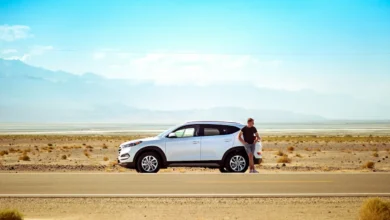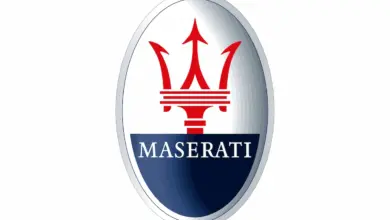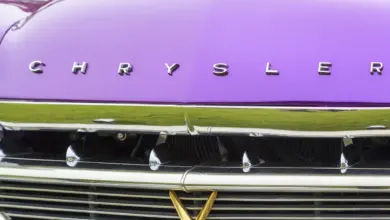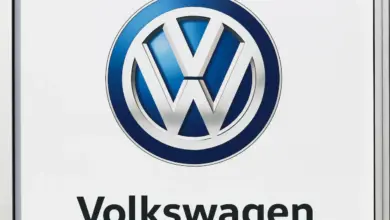Nissan Australia History
Nissan Australia History
In 1914, we built the first Dat Car for the Japanese market. We now make cars for everyone, everywhere.
Our Australian headquarters was opened in 1972. We manufactured cars there for 20 years. The Dandenong South Casting Plant, located in Victoria, recently won exclusive manufacturing contracts from Nissan Japan for castings to be used on the Nissan LEAF – the world’s first mass-market all-electric vehicle with zero tailpipe emissions. This will create profits and ensure jobs for years to come
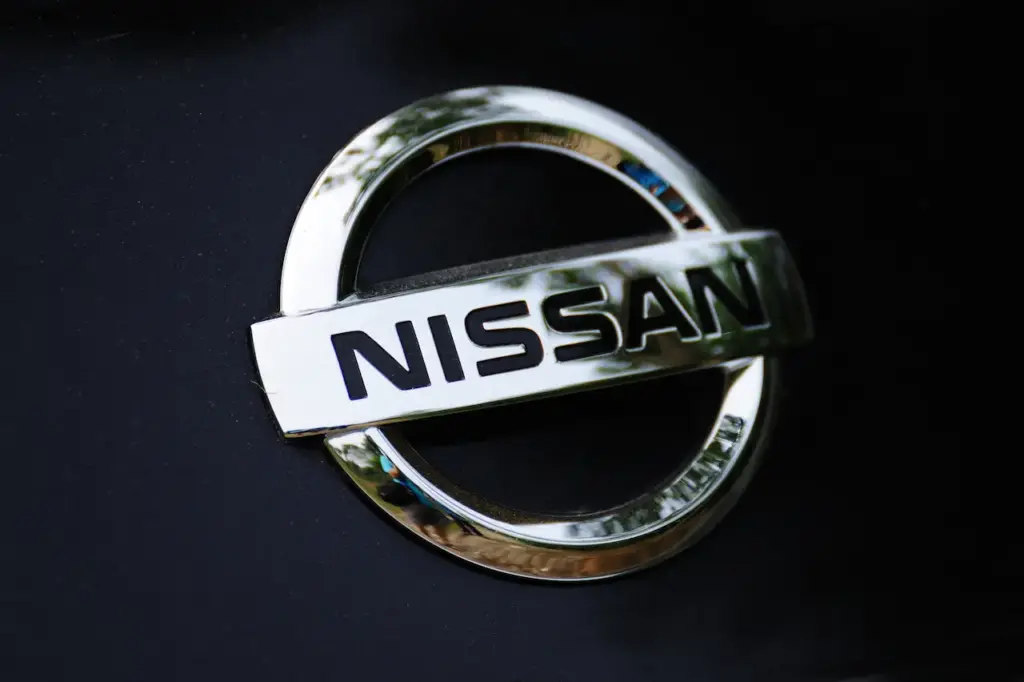
Nissan Casting Australia Plant in Dandenong South in Victoria is the last remaining plant of its kind in Australia. A manufacturer-operated facility that makes parts for Nissan vehicles around the world. NCAP employs highly skilled workers who work three shifts per day to produce over 1 million die-cast aluminium parts and an important amount of local accessories each year. The Nissan Casting Plant is a mother factory for the production of EV and E-POWER powertrain parts. A team of highly qualified engineers works closely with the Japanese development teams.
Nissan assembly plants, Nissan affiliate powertrain factories, and companies like Marelli, Aichi Kikai, and transmission specialist JATCO all demand the highest quality standards. Dandenong South Nissan Casting Plant, in Victoria, recently won several exclusive manufacturing contracts from Nissan Japan for castings to be used on the new model EVs. This will create profits and ensure jobs for years to come.
Discover Our Story
Over the years, we’ve made a lot of progress. Nissan doesn’t rest on its laurels. Past achievements are only valuable for guiding future directions.
We continue to challenge convention and inspire the future of automobiles by challenging it at every opportunity. Discover some of our historical highlights below.
Nissan History of Australia
The first Nissan cars were imported into Australia in the 1930s. Lawrence Hartnett, an Australian industrialist, became familiar with the brand and took over the sales. Pressed Metal Corporation, based in Sydney, began assembling up to 20,000 Bluebirds per year for the Australian market.
Nissan has been a tenant at the Volkswagen Australia closed plant since 1968. Nissan sold twice as many cars in Australia as Volkswagen did in 1971. In 1972, the assembly activities were expanded.
After the Nissan management decided to meet the Australian Government’s target of 85% local production, the Clayton factory was to be converted to full production. Nissan agreed to take over Motor Producers Limited after Volkswagen decided not to invest any more in the plant. Nissan was responsible for the local CKD assembly of Volkswagen vehicles from April 1976 to March 1977, when it was discontinued.
In 1977, the Datsun 300B was produced in Clayton. The Australian model was equipped with a different rear suspension than the Japanese version. The Nissan Gazelle and Nissan Pulsar were also assembled. These were later joined by the Nissan Skyline, and Nissan Pintara. Nissan’s auto production in Australia ended in 1992. In 1991, the number of vehicles produced had dropped to 36,000 from nearly 58,000 in 1990.
Nissan Australia still manufactures the majority of its cast parts in an old factory built in 1982.
Nissan Financial Services was launched in 2009 as a Nissan Australia wholly-owned subsidiary to provide financial services for its dealers and customers. Nissan Financial Services Australia set up Nissan Financial Services New Zealand Pty Ltd, a fully-owned subsidiary of Nissan Australia in 2013. Both Nissan Financial Services Australia Pty Ltd. and Nissan Financial Services New Zealand Pty Ltd. are led by their respective Managing Directors Andrew Maeer.
Nissan Timeline
1980 – Nissan Stanza (A10-series)
Model Nissan Stanza A10-series, introduced in 1980 and manufactured until 1983. The car belongs to the compact/small family car class, as well as to C (medium-sized cars, compact), market segment. It is available as a 4-door sedan.
1981 – Nissan Bluebird (910-series)
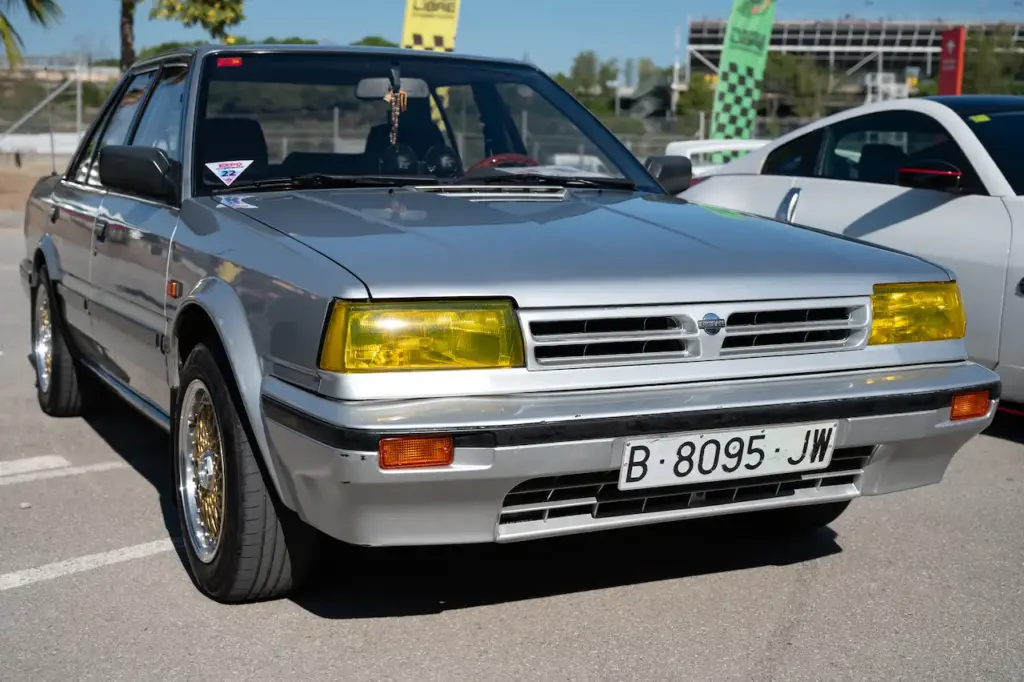
Model Nissan Bluebird (910 series) was introduced in 1981 and manufactured until 1986. It belongs to the mid-size/large family car class, as well as to D (large cars). Available in 4-door sedans, and station wagons. In 1983 and 1985, a major “facelift” was made to the model.
— Bluebird Sedan (Series 910) – A sub-model of the Bluebird Sedan (910 series) that was introduced in 1981 and offered until 1985. It is a mid-size/large family car with a sedan body style.— Bluebird Wagon (Series 910) –Submodel Bluebird Wagon (910 series) was introduced in 1981 and offered until 1985. It is a mid-size/large family car with a station wagon body style.
1982- Nissan Skyline R30 (import) 6th generation
Model Nissan Skyline (R30-series), introduced in 1982 and manufactured until 1985. The car belongs to the mid-size/large family car class, as well as D (large cars), available in 4-door sedan or 5-door hatchback. In 1983, a major “facelift” occurred during the model run.
— Skyline 6-th-gen. Hatchback R30-series– Sub-model Skyline 6-th-gen. The Hatchback R30-series was introduced in 1982 and offered until 1985. Mid-size/large family car with hatchback style.
— Skyline Sedan 6th Gen. (R30 Series), was introduced in 1982 and offered until 1985. Mid-size/large family car with sedan style.

